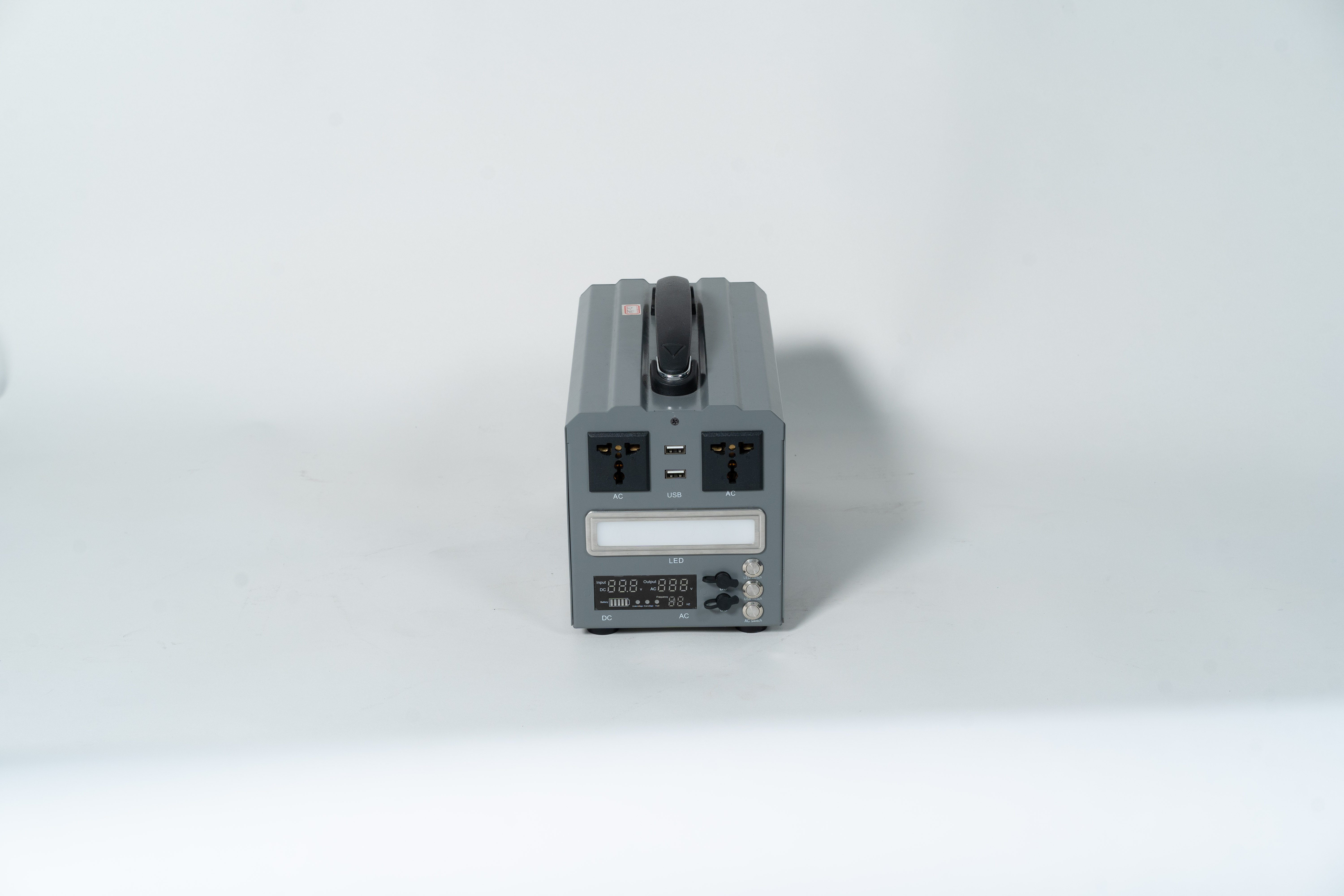Lead acid batteries are widely used in various applications, including automotive, marine, and backup power systems. These batteries are known for their reliability and durability. However, proper charging techniques are essential to ensure optimal performance and extend the battery's lifespan. In this article, we will discuss the step-by-step process of charging a 12V lead acid battery, including the necessary precautions and tips for successful charging.

Understanding Lead Acid Batteries:
Before we delve into the charging process, let's briefly understand the components and working principle of a lead acid battery. A lead acid battery consists of lead plates, lead dioxide plates, and an electrolyte solution containing sulfuric acid. The chemical reaction between the lead plates (anode) and lead dioxide plates (cathode) produces electricity. The sulfuric acid serves as the electrolyte, facilitating the flow of ions between the plates.
Tips for Charging a 12V Lead Acid Battery:
1. Safety First:
- Always wear appropriate protective gear, such as gloves and goggles, when working with lead acid batteries.
- Ensure good ventilation in the area to prevent the inhalation of harmful fumes.
- Avoid contact between the battery's terminals and other metal objects to prevent short-circuits.
2. Check the Battery's Specifications:
- Before charging, consult the battery's specifications to determine the appropriate charging voltage and current.
- most lead acid batteries require a charging voltage of around 14.2V to 14.7V.
3. Use the Right Charger:
- Invest in a high-quality, battery-specific charger designed for lead acid batteries.
- Avoid using a charger designed for other types of batteries, such as lithium-ion, as it may damage the lead acid battery.
4. Pre-Charging Checks:
- Check the battery's voltage, current, and state of charge using a multimeter.
- Ensure that the battery is not over discharged (typical cut-off voltage is around 10.5V).
- Inspect the battery for any physical damage, such as leaking, swollen, or cracked cases.
5. Charging Process:
- Connect the charger's positive terminal to the battery's positive terminal and the negative terminal to the negative terminal.
- Turn on the charger and adjust the charging settings according to the battery's specifications.
- Monitor the battery's voltage and current throughout the charging process to ensure safe and efficient charging.
- most chargers have an automatic float mode, which maintains the battery's charge once it reaches full capacity.
6. Charging Time:
- The charging time for a 12V lead acid battery depends on factors such as the battery's capacity, charger's output, and the state of charge.
- A fully discharged battery may take several hours to charge fully, while a partially discharged battery can be recharged in less time.
7. Post-Charging Precautions:
- Once the battery is fully charged, disconnect the charger and allow the battery to cool down for a few minutes before use.
- Inspect the battery for any leaks or signs of damage during the charging process.
Conclusion:
Charging a 12V lead acid battery requires careful attention to safety precautions and proper charging techniques. By following the guidelines mentioned in this article, you can ensure the optimal performance and extend the battery's lifespan. Always use a high-quality charger designed for lead acid batteries and monitor the charging process closely. Happy charging!